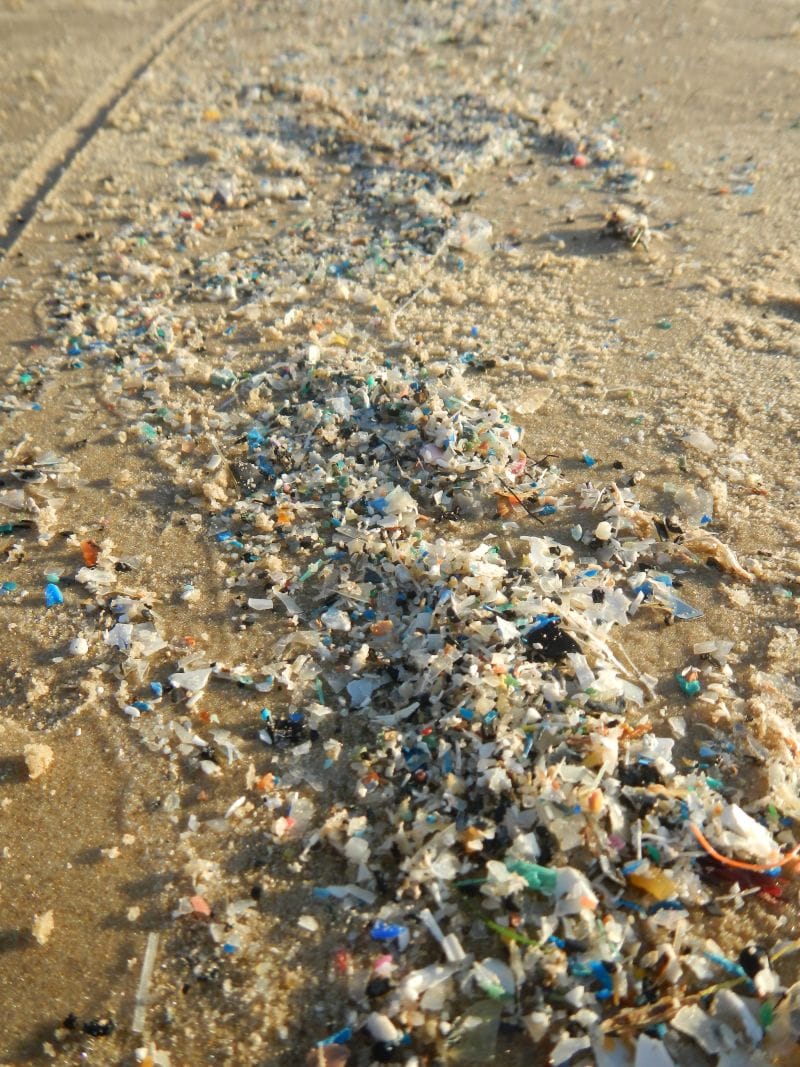RSS feed source: National Science Foundation
The United States semiconductor industry is projected to have between 60,000 and 100,000 unfilled jobs by 2030. As the need for semiconductor technicians, engineers and scientists continues to increase, there is also a growing demand for innovative ways to train this anticipated workforce. But such training typically requires expensive clean rooms and advanced equipment, resources that many schools don’t have access to.
A team of researchers, which included high school and community college students, found a solution to this challenge by using artificial intelligence-powered virtual reality (VR) to create simulations as a cost-effective alternative for people to learn about the process of semiconductor fabrication. The results of their research, which is supported by the U.S. National Science Foundation Advanced Technological Education Micro Nano Technology Education Center at Pasadena City College (PCC), in collaboration with the University of California, Irvine (UCI), are available in the Journal of Advanced Technological Education.
“Many students, especially those at underfunded schools, never get to see or touch the real semiconductor fabrication tools,” said Kristal Hong, a member of the research team and a computer science major at UCI. “I, myself, was a community college student without access to a cleanroom, so I know how that gap can dampen student enthusiasm.”
By using AI-powered VR to create cleanroom simulations, the team is offering a learning channel outside of traditional classrooms and
Click this link to continue reading the article on the source website.



